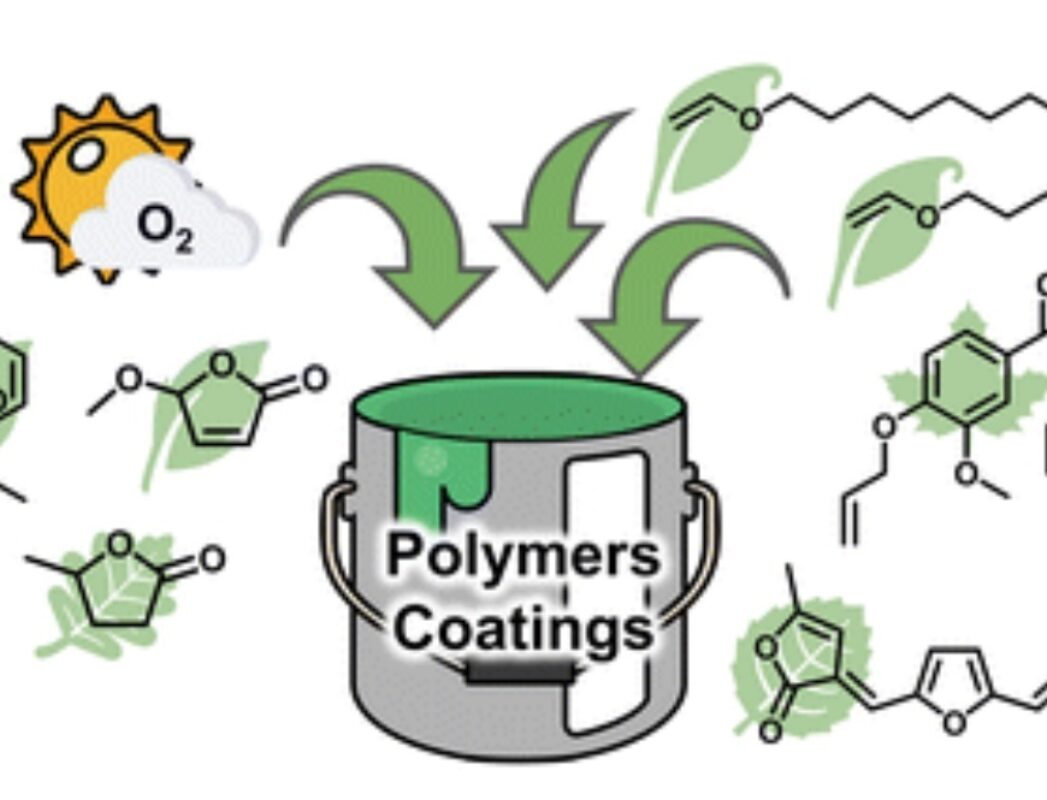Many people try to find a way to make paints and coatings in a biobased way. There are already quite some coatings based on biobased polymers, but they often fail in being completely biobased. Regularly, non-biobased additives or reagents still depend on the polluting fossil fuel industry. Can we find a way to work around this, and make coatings that are fully biobased? At the University of Groningen, George Hermens and Thomas Freese collaborated with AkzoNobel and did just that. They recently published their results.

Back in 2020, George and Thomas reported on sustainable and biobased coatings. Here they synthesized a building block, derived from hemicellulose, and used that to build up a strong, resistant and transparent coating. Although this was a major breakthrough, it was envisioned that an even higher biobased content could be reached. Replacing these other substances are the final step towards fully biobased coatings, and this is where the most recent work of George and Thomas steps in. They made all components biobased, finishing the final piece of the biobased polymer puzzle! They even used vanillin as a starting material to obtain a key component for the production of coatings. With this, they showed that the production of fully biobased polymers and coatings is possible, and can be seriously considered for upscaling.